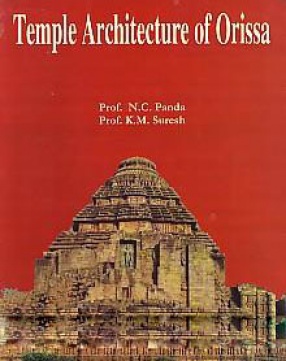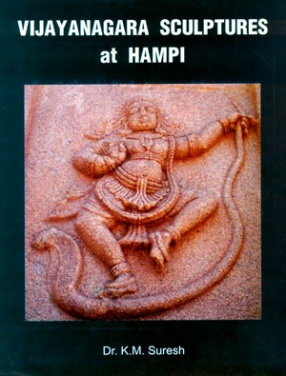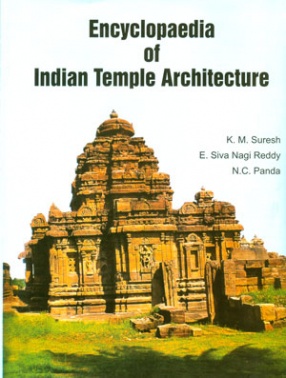
Showing all 5 books






The Vitthala temple is one of the biggest and best examples of true typical Vijayanagara style of 15th century A.D., situated on the southern bank of Tungabhadra River in the Vitthalapura at Hampi, Hospet taluk, Bellary district in Northern Karnataka. Hampi is now a small village, once played an important role as the capital of Vijayanagara Empire, who ruled from 1336 to 1565 A.D., and shifted their capital from Hampi to Chandragiri and Penugunda in Andhra ...

The Orissan temple architecture ranging from seventh century to thirteenth century A.D., however corresponds to an altogether different category for their unique representations called Kalingan style of temple architecture. Though, broadly they come under the Northern or Nagara style, they have certain special features which are uniquely their own. The Orissan temples are of three types, viz. (i) Rekha Deula, (ii) Khakhara Deula, and (iii) Pidha or Bhadra Deula. ...

The Vijayanagara empire with its capital at Hampi in Karnataka was founded by Harihara I of the Sangama dynasty around 1336 A.D. to preserve the Hindu Dharma, their prevailing culture, social order and check the onslaughts of Islam in South India. The Vijayanagara of Islam in South India. The Vijayanagara emperors and their feudatories were highly learned persons and they did their best to sustain political freedom, preservation and popularization of Sanatana ...

The ‘Encyclopaedia of Indian Temple Architecture’ comprises a vast research on the architectural features of Indian temples spread all over the Indian subcontinent. This encyclopaedic study is divided into forty-five chapters which delineate the various characteristics of temple architecture starting from the Gupta period (4th c.A.D.) to the Kashi Visvanatha temple rubuilt by Rani Ahilyabai of Indore (1776 A.D.). The work begins with an insight into ...

